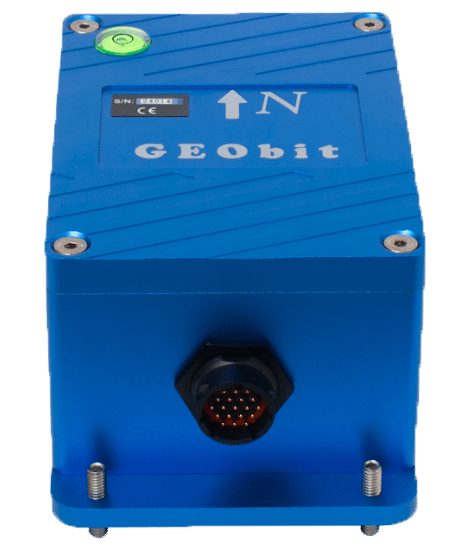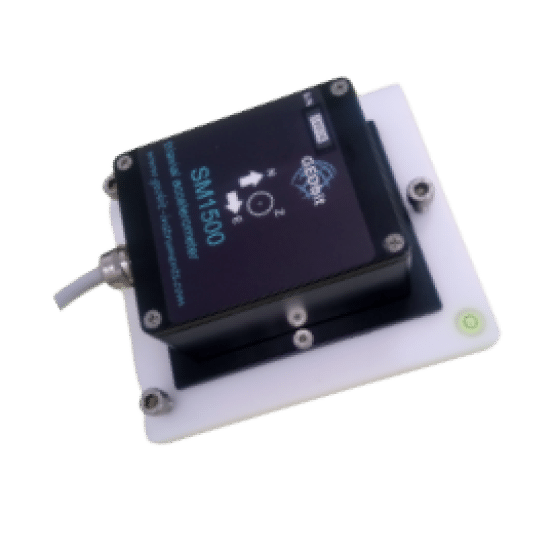Accelerometers

GEOFBA200 Force Balance Accelerometer
The GEOfba200 is a very low-noise triaxial force-balance accelerometer with a large dynamic range, suitable for seismology, hazard mitigation, and civil engineering applications.

The SM1500 & SM550 Strong Motion Acceleration Sensors
The SM550 and SM1500 are MEMS-type, three-component acceleration sensors. Both have wide frequency responses.
Leveraging Your Safety with Our Expertise
Discover how our expertise can enhance your Seismic monitoring or Radionuclide analysis.
Contact Us